Romantic, inventive, bold: Chanticleer Garden is known as all of these and more, earning recognition as one of the country’s most notable public gardens in the mere 32 years since it opened. Garden areas both naturalistic and formal, such as Bell’s Woodland and the Gravel Garden, fill this self-described pleasure garden tucked away in Wayne, 19 miles west of Philadelphia. Evolving from the Rosengarten family’s estate, Chanticleer combines aesthetics with a dedication to education and environmental stewardship. Since 2020, the garden has worked with Sarver Ecological to study its wildlife and insects, and Sarver’s 2025 report confirmed its rich biodiversity. Anyone traveling in the Philadelphia area, home to more than 35 public gardens including Chanticleer that make up America’s Garden Capital, should visit what garden writer Robin Lane Fox called “one of the joys of modern gardening.”
Philadelphia’s Main Line suburbs, established along the train route from the city to Pittsburgh, were summer retreats when Adolph Rosengarten, Sr. and his wife, Christine, built a country house there in 1912 and called it Chanticleer, a literary name for a rooster. The wealthy family owned a successful pharmaceutical business that merged with Merck & Company in 1927. Adolph Sr. eventually built homes on the property as wedding presents for his children, Adolph Rosengarten, Jr. (1905–1990) and Emily Rosengarten. Adolph Jr., who saw the Main Line’s great estates being subdivided, established the Chanticleer Foundation so that Chanticleer could be enjoyed as a public garden after his passing. The garden opened in 1993 with British-born Christopher Woods as its executive director. Woods and the current Executive Director R. William Thomas, who previously worked at Longwood Gardens, transformed Chanticleer to an internationally known garden that now attracts 65,000 visitors annually.
Visiting the Garden
Chanticleer incorporates historic elements, such as houses, terraces, and magnificent trees, and contemporary designs with many kinds of native and non-native plants on its 35 acres. Another 15 acres across the road is not developed. Visitors can follow a one-mile-long, wheelchair-accessible path indicated on the garden’s useful map, and there are non-accessible paths and steps in some areas. Among the charming features around the grounds are staff-made chairs, benches, and bridge handrails that use wood from the garden’s dead trees. The staff also make clever use of plants in containers, singly or in groups, of all shapes and sizes. Chanticleer doesn’t use plant labels, but whimsically designed plant list boxes have photos and information sheets about seasonal and perennial plants.
The garden’s eight horticulturalists are in charge of the design and planting of specific areas, with gardens changing from year to year as well as seasonally. A relaxed stroll along the map’s suggested route or to whichever garden area appeals can provide endless ideas for gardeners. Close to Chanticleer’s entrance, the intimate Teacup Garden has an Italianate fountain. Nearby, grand stone steps, with bannisters embedded with plants, lead down to the Tennis Court Garden, named for the area’s former use. Hedges, intersecting paths, and flower beds create a lively space. Along the main path, the French- and Dutch-style Chanticleer House (Adolph Sr.’s home) has delightful terraces, exuberant planters, and overflowing beds.
From Chanticleer House, a modern, elevated walkway curves down the hillside, providing garden views and access to the Bulb Meadow and the Asian Woods, where native trees shade Asian plants. Strolling on, visitors come to the Pond Garden and the hillside, terraced Gravel Garden, with its Mediterranean feeling. Chanticleer’s mysterious, dramatic Ruin Garden was developed in 2000 on the site of Adolph Jr.’s home. Walls of Wissahickon schist create the partial outline of three vine-draped rooms, including one with a granite reflecting pool. It contrasts with nearby Bell’s Woodland, with its creek and eastern North American native plants and trees such as small trilliums and tall tupelos. The final stops for those following the garden map are Chanticleer’s cheerful Cutting and Vegetable Gardens.
Visiting tips: Buy a ticket online and reserve the required free timed parking space. Chanticleer is in a suburban area with narrow roads, and visitors use the garden’s parking area. Also online is information about garden or house and garden tours (extra fee). Chanticleer is closed Monday, Tuesday, and November through March.
Biodiversity and Sustainability at Chanticleer
Mixing native and non-native plants in a variety of gardens has helped Chanticleer maintain habitat quality for species that support an intricate food web. Findings from Sarver Ecological’s multiyear biodiversity survey, described in the Chanticleer Garden Biodiversity Survey Project Summary, identified more than 1,000 non-plant species. Among these were 164 species of bees and 509 species of moths, both important pollinators, and 107 types of birds and 30 species of butterflies. Even garden visitors could contribute to this work through the Chanticleer Garden Biodiversity iNaturalist project. The survey’s findings will guide future horticultural decisions, and they confirmed many of Chanticleer’s current practices, from keeping grounds dark at night to encourage insect biodiversity to leaving some leaf litter and sticks on the grounds since these are important to insects and wildlife. To hear more about the survey, listen to garden writer Margaret Roach’s podcast featuring Executive Director R. William Thomas.
Cultivating Community
Gardens can lift the spirit and teach people how to protect the precious world we share. Chanticleer’s programs support both the public and professionals. Besides its garden tours, there are classes such as June 28’s Tea & Talk with the Gardeners: Designing with Vegetables and workshops on topics like garden design and photography. The garden welcomes artists to set up their easels and paint between 10 and 5 Wednesday through Friday.
Chanticleer has some significant programs for professionals in horticulture, including the Rosengarten Chanticleer Internship Program at the garden and Chanticleer Scholarships in Professional Development for public garden professionals. The one-year Chanticleer USA Christopher Lloyd Scholarship at Great Dixter for American horticulturalists offers eleven months of practical education in ornamental gardening at the renowned English garden and one month at Chanticleer.
Also Worth Visiting
Side of Culture has covered other gardens in America’s Garden Capital: historic Bartram’s Garden in Philadelphia, spectacular Longwood Gardens in Kennett Square, and the native-plant haven Mt. Cuba Center near Wilmington, Delaware.
Side Dish
The spacious Wayne location of Di Bruno Bros., Philadelphia’s famous cheese and gourmet food store, includes a café, a bar, and a pizza area that offer eat-in options such as cheese boards, salads, sandwiches (many on focaccia), and small plates like burrata toast. Grab-and-go options and the delicacies behind its counters are perfect for a picnic at Chanticleer. Picnicking is allowed in designated areas except Fridays evenings (5–8 pm) from May through Labor Day, when guests may picnic anywhere.
Linda Cabasin is a travel editor and writer who covered the globe at Fodor’s before taking up the freelance life. She’s a contributing editor at Fathom. Follow Linda on Instagram at @lcabasin.
Featured photo: Poppies and alliums add color to the terraces around Chanticleer House. Photo by Linda Cabasin.

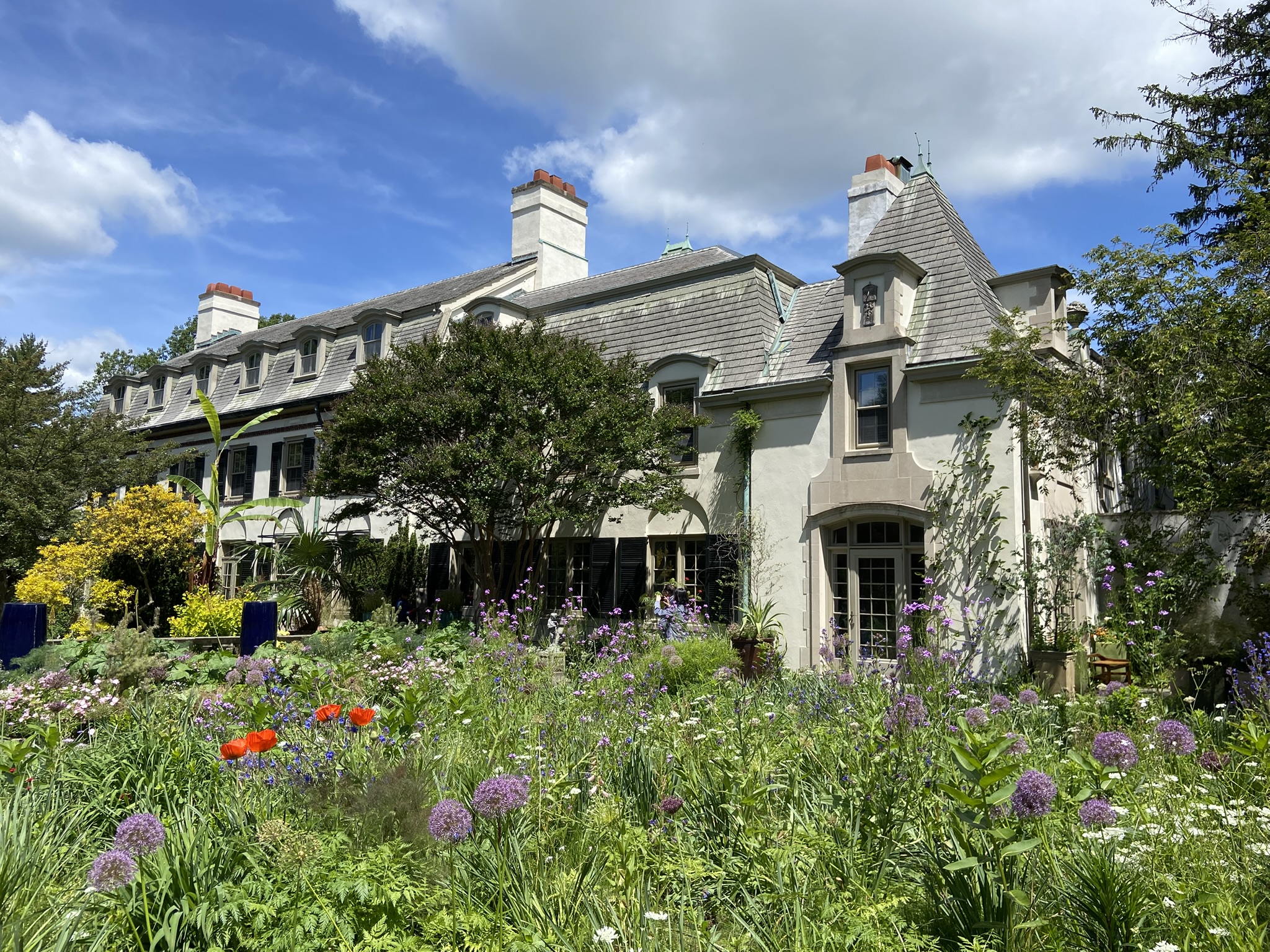
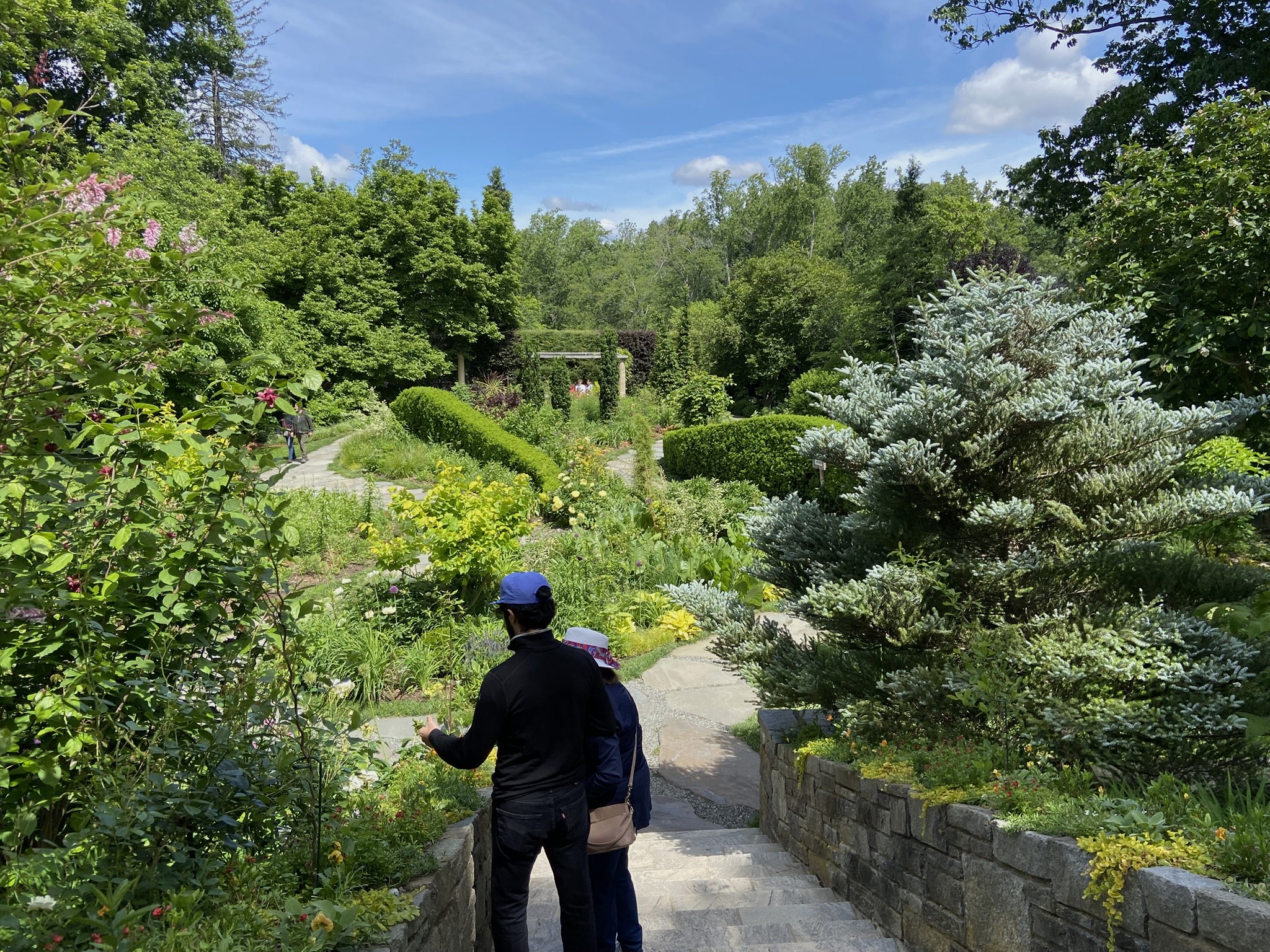
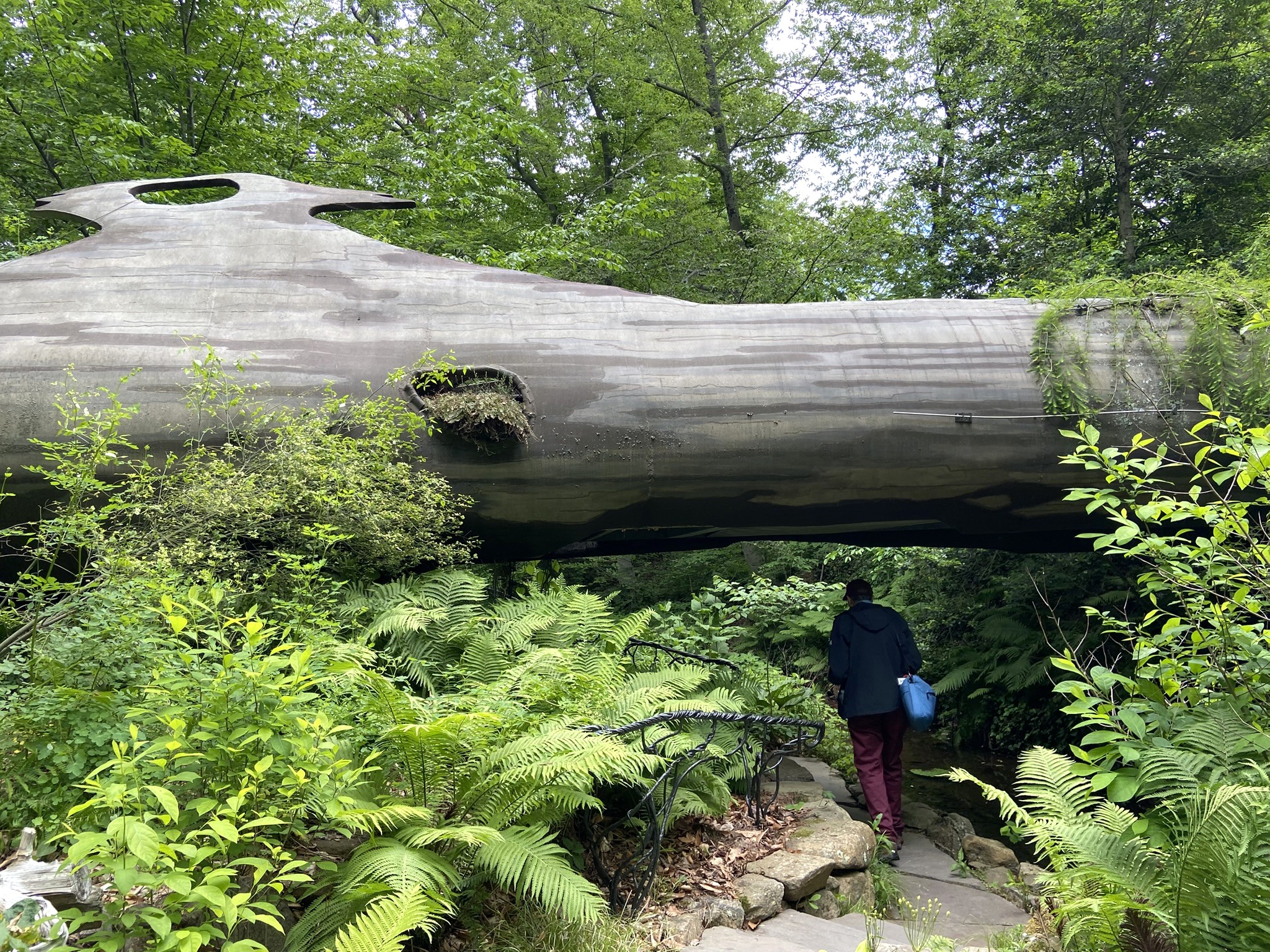
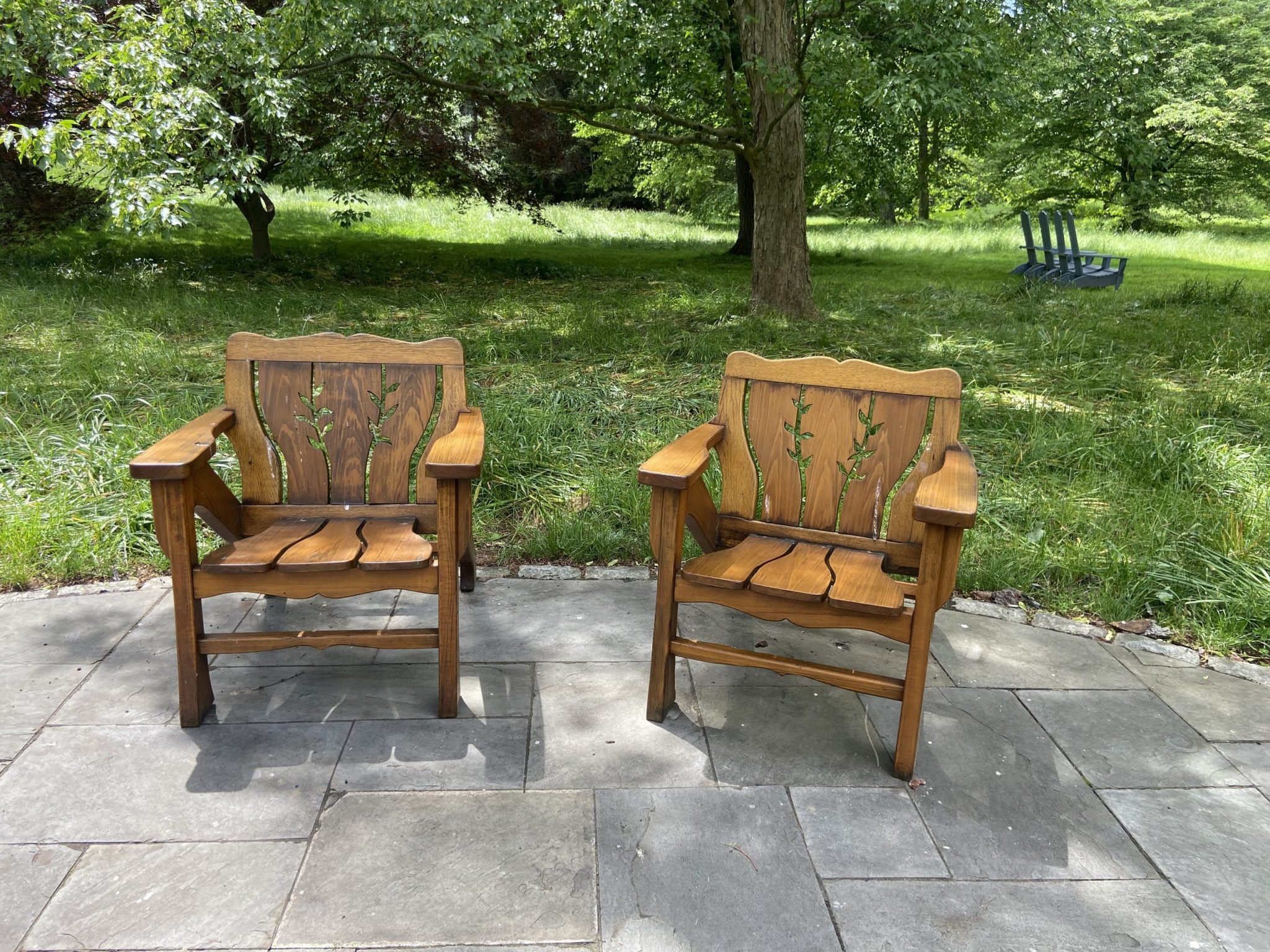
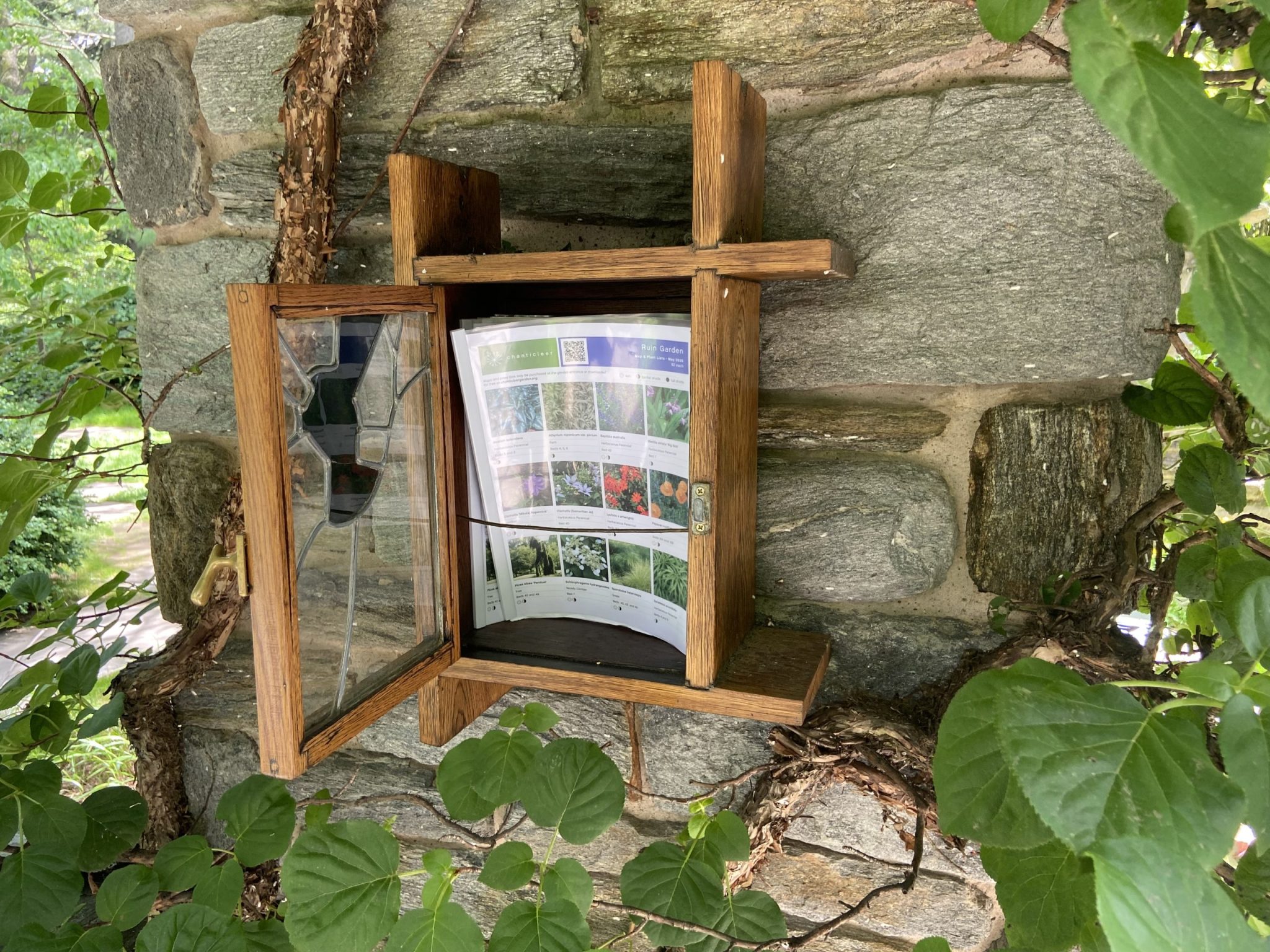
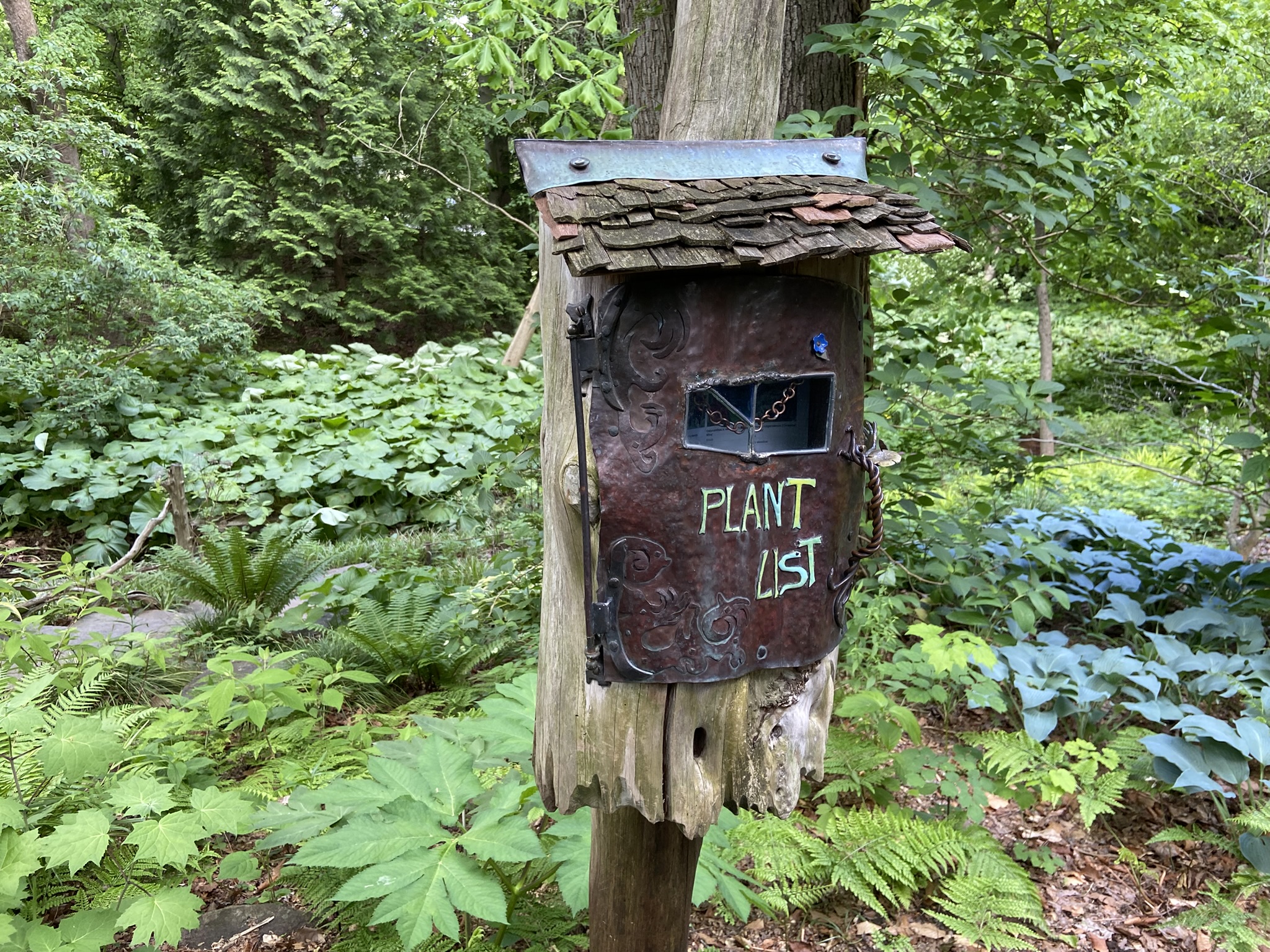
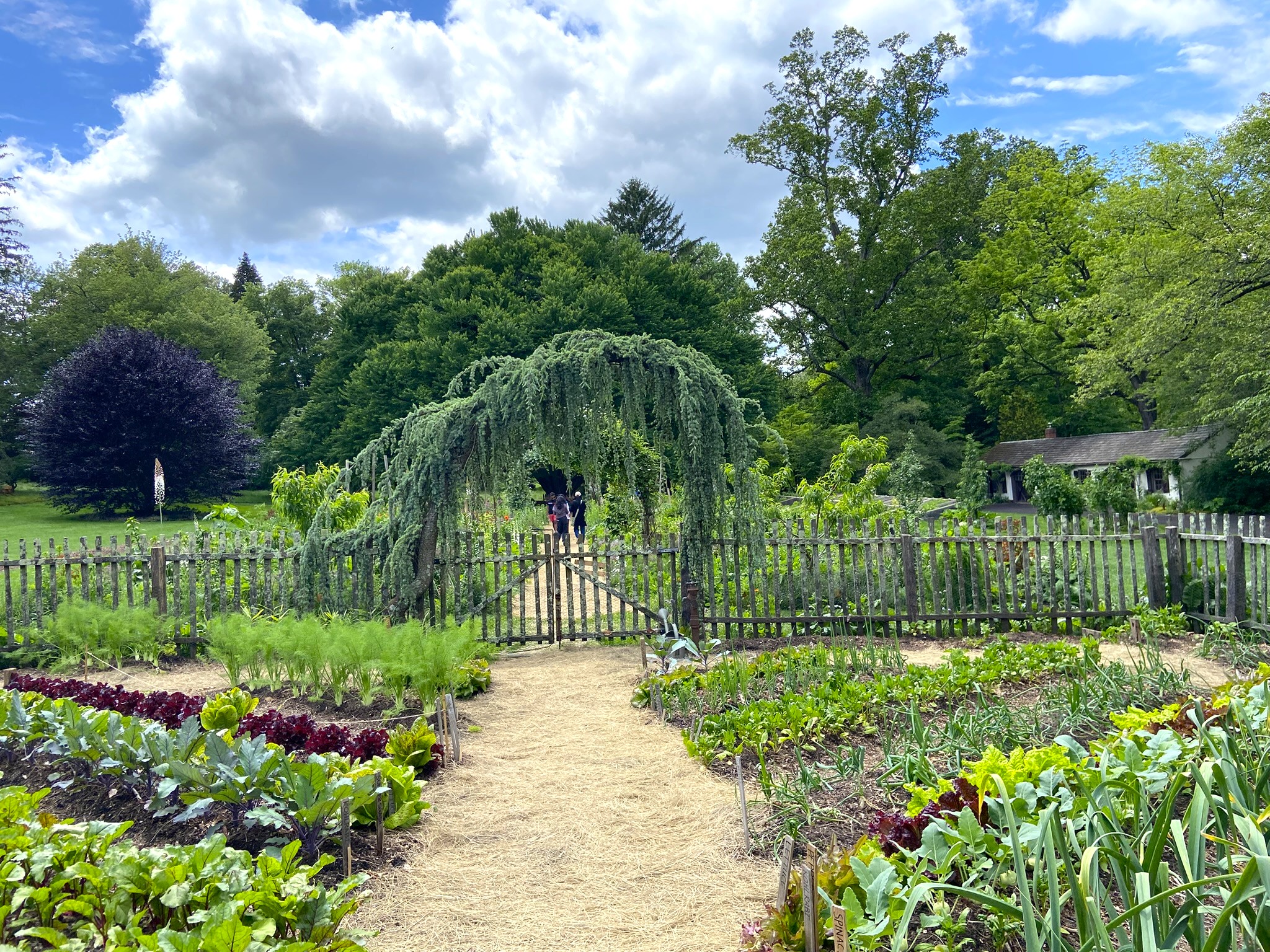
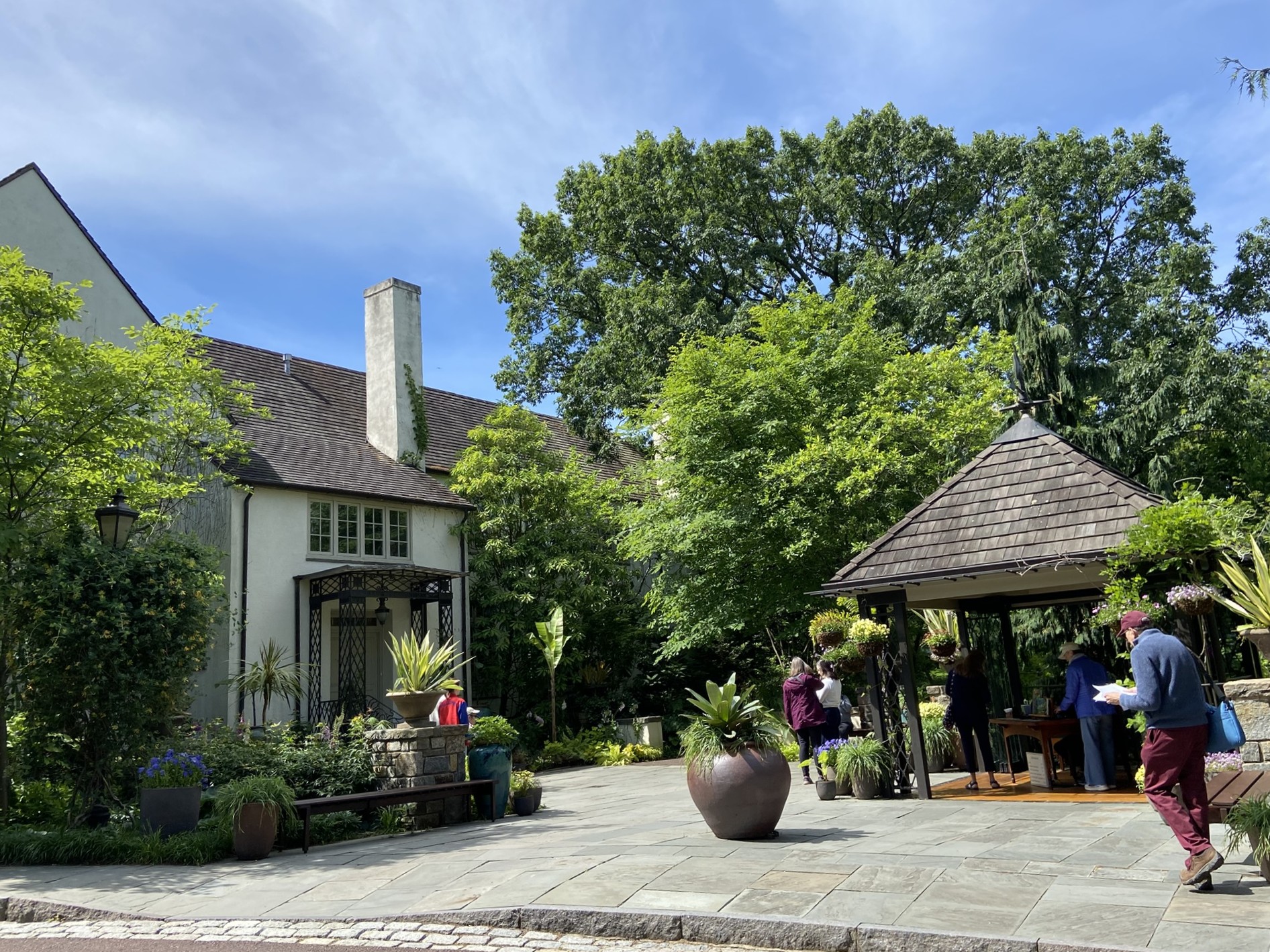
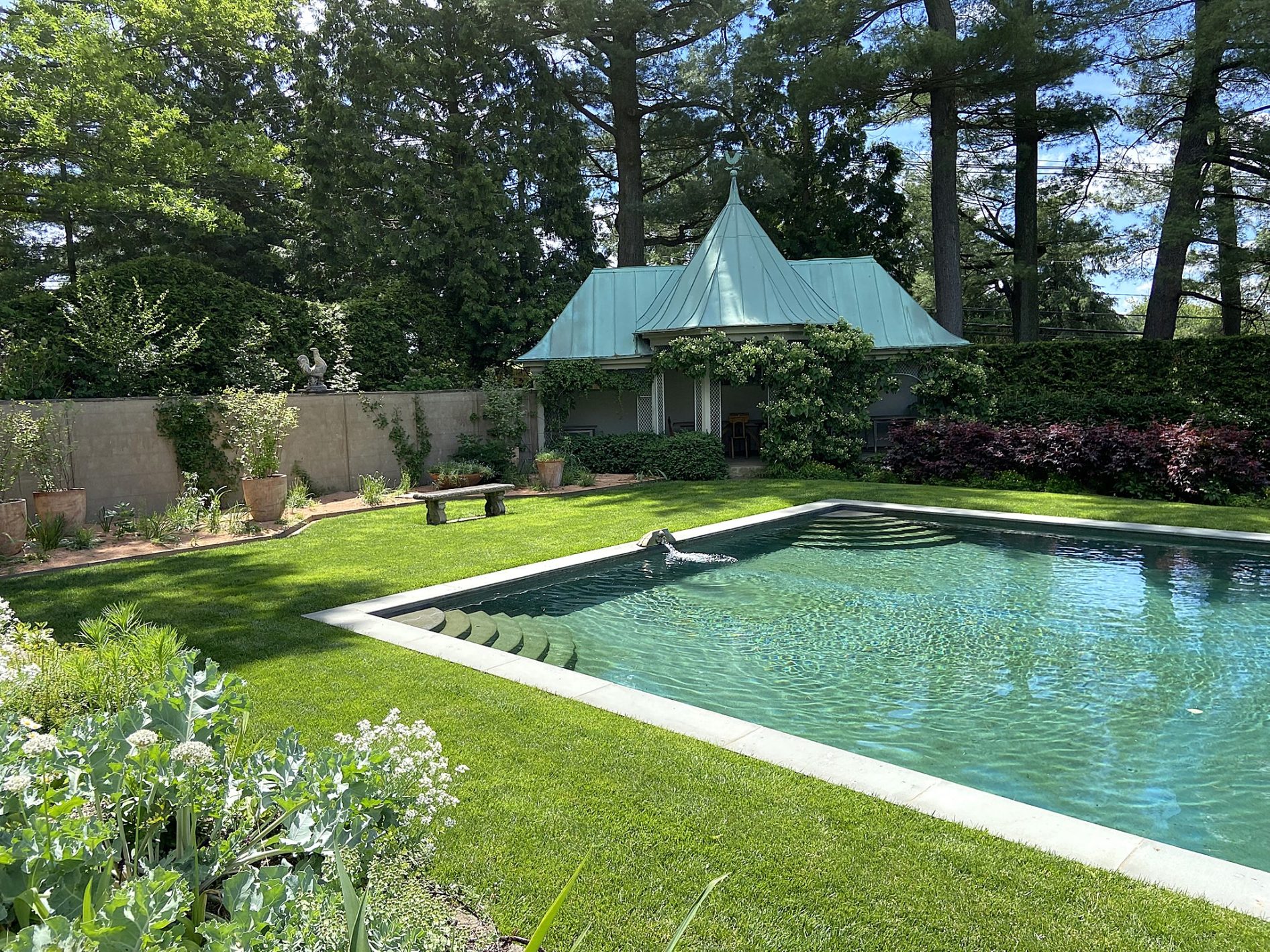

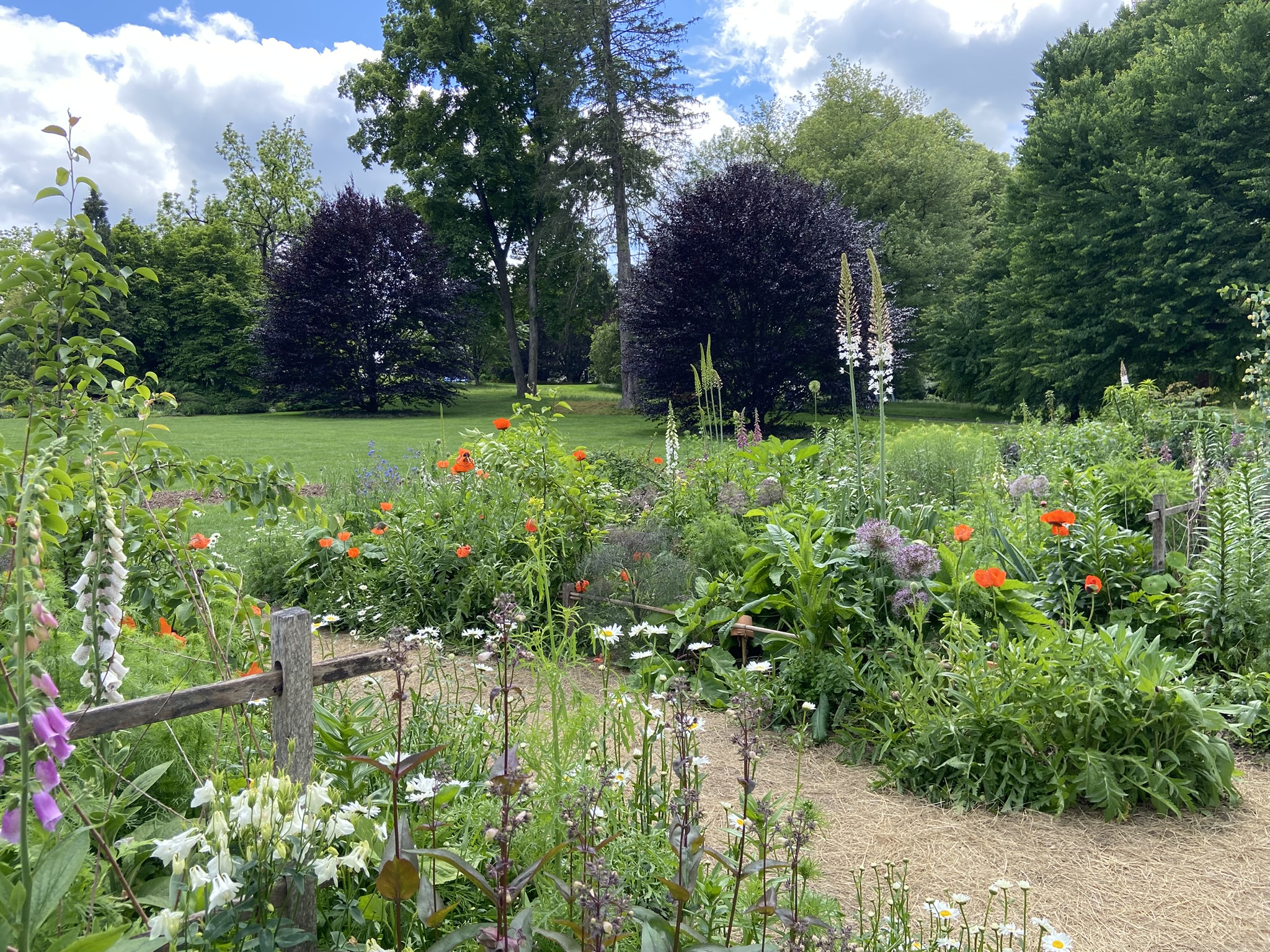
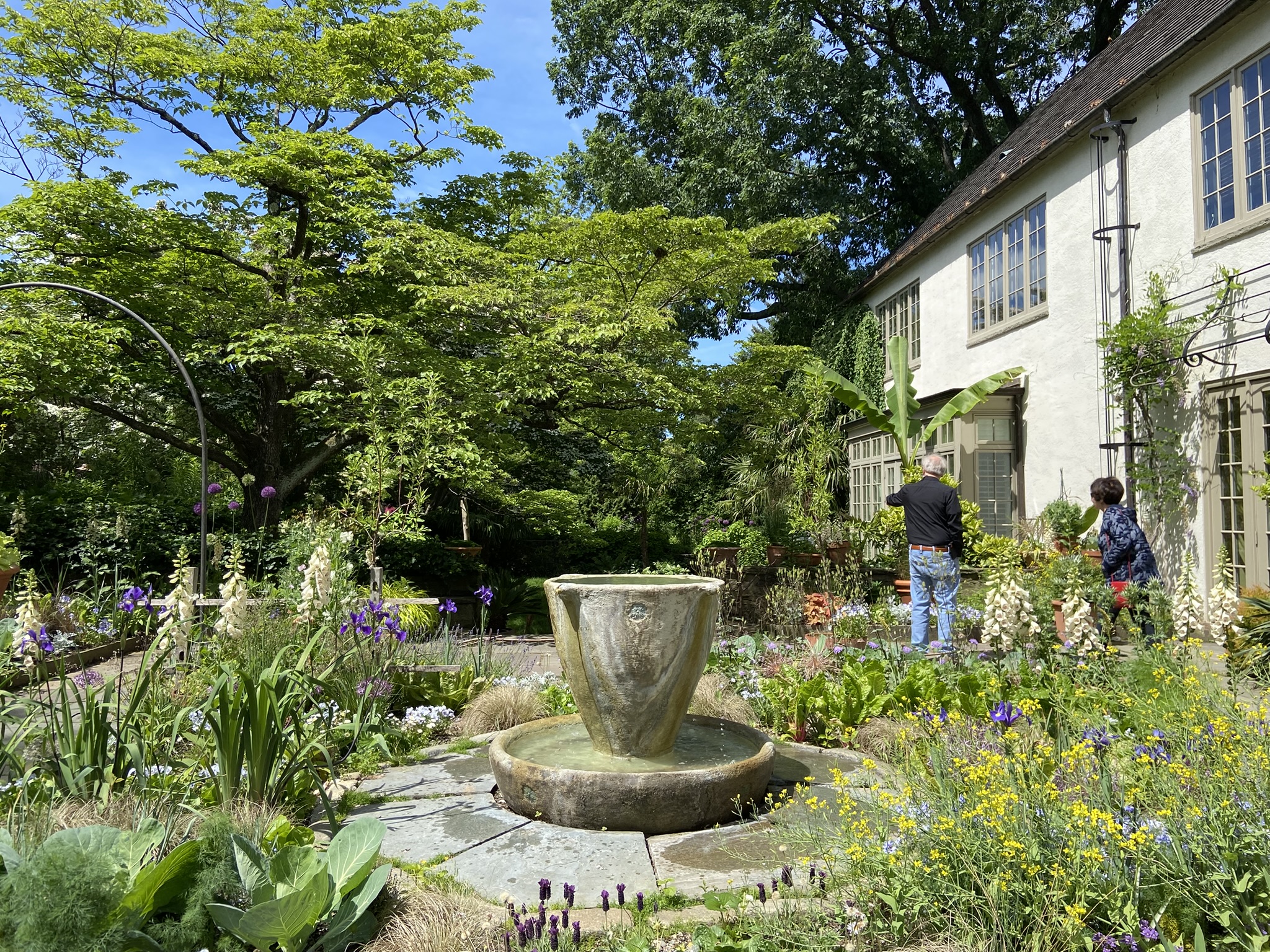
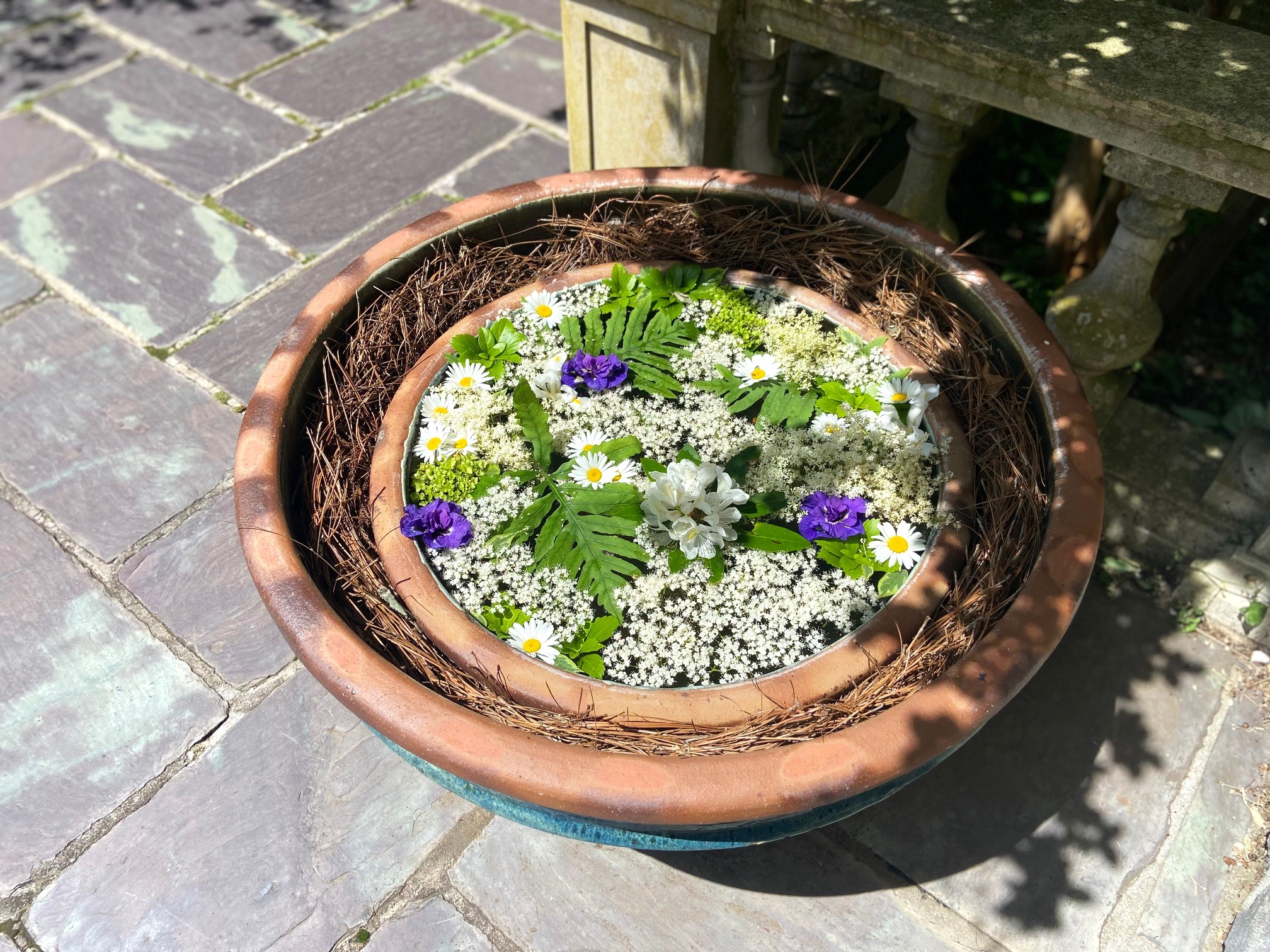
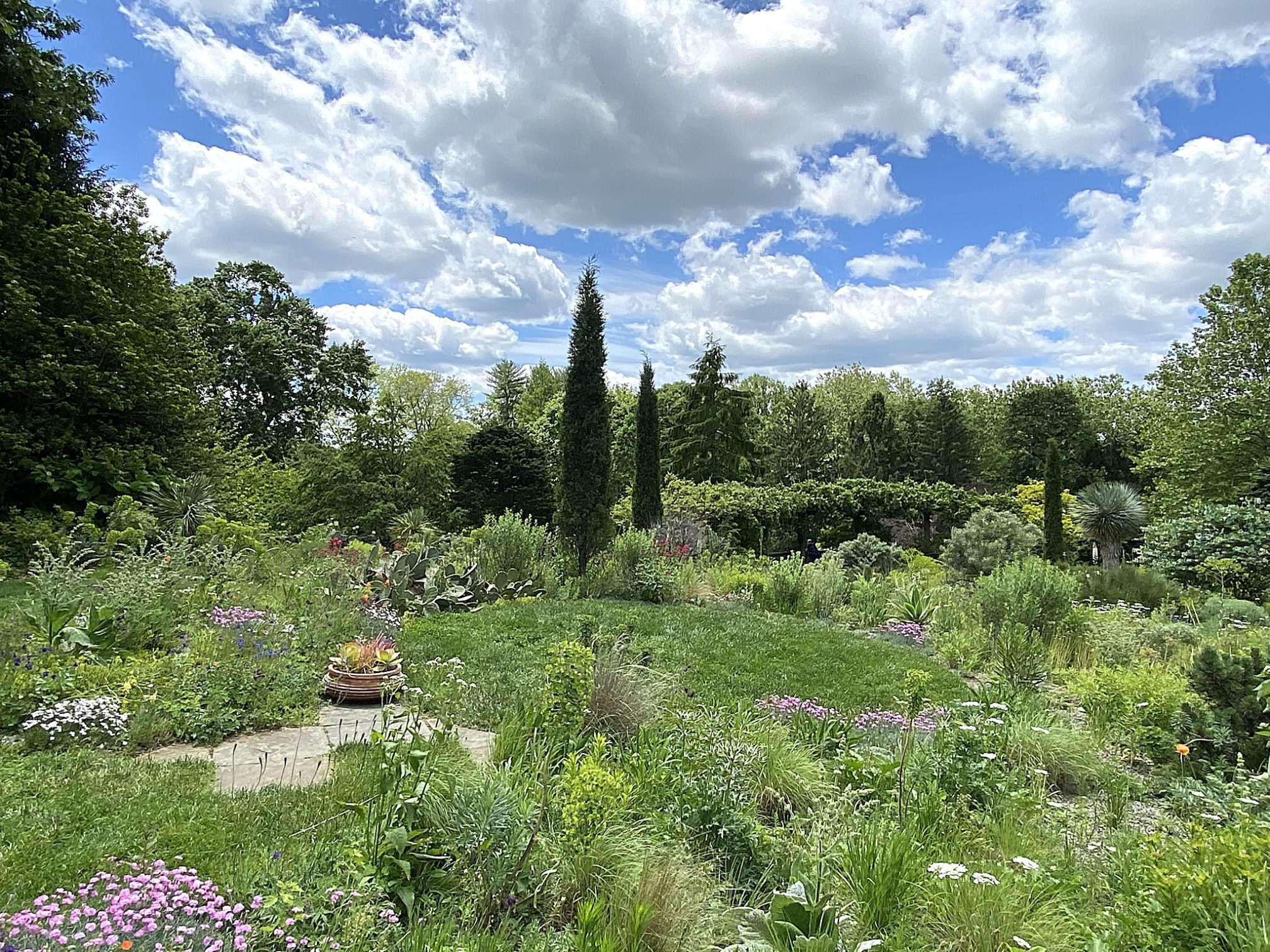
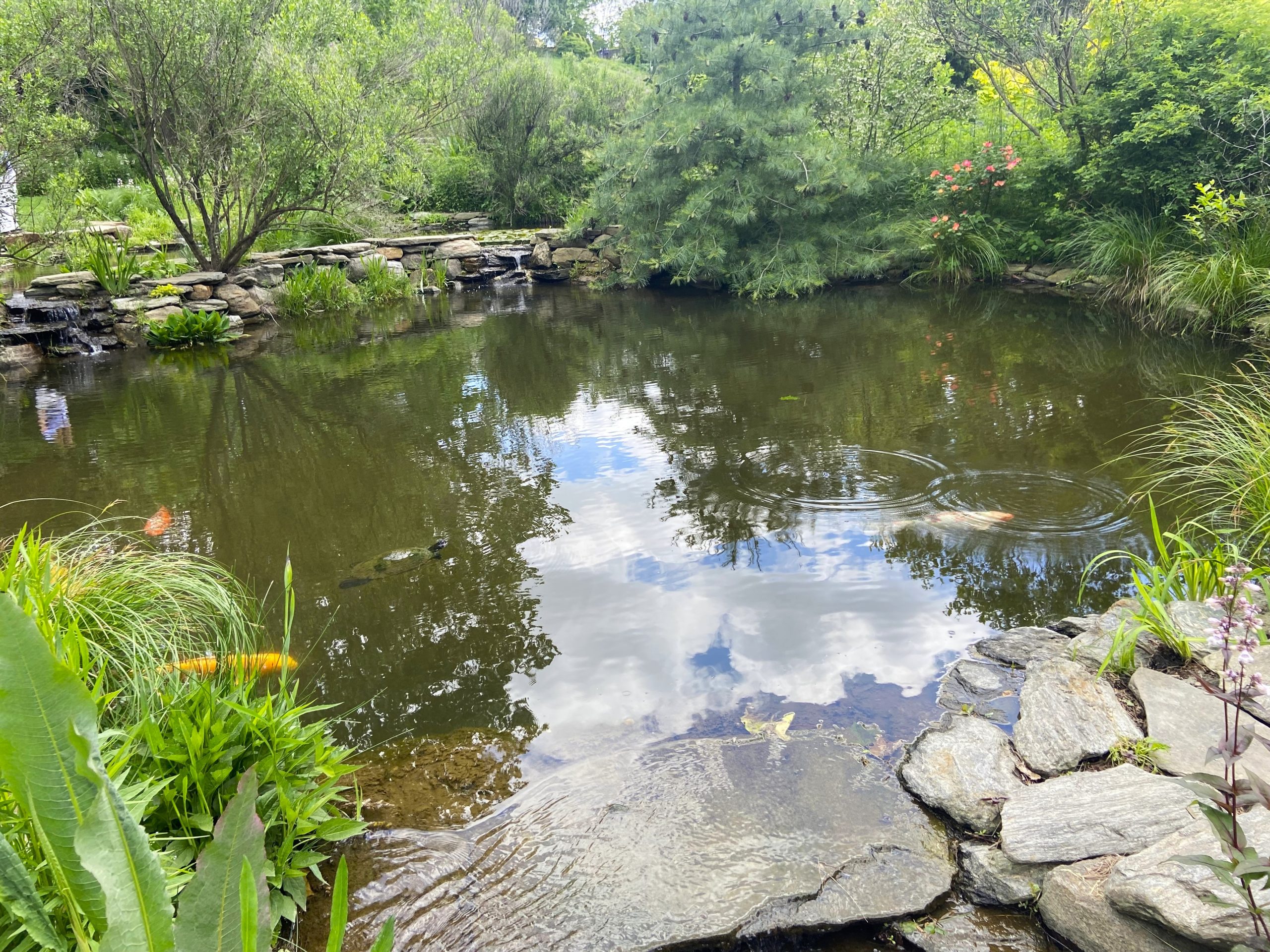
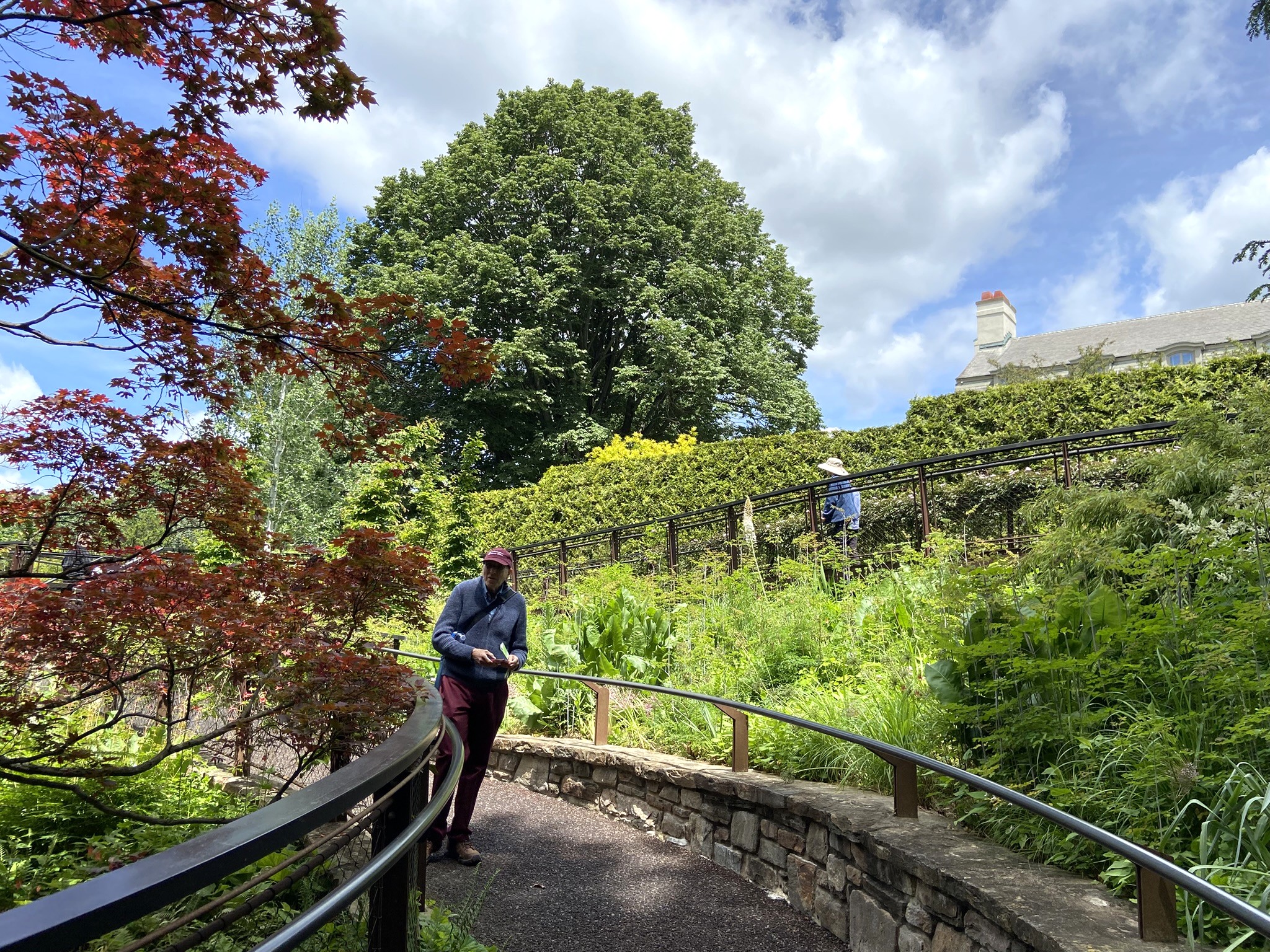
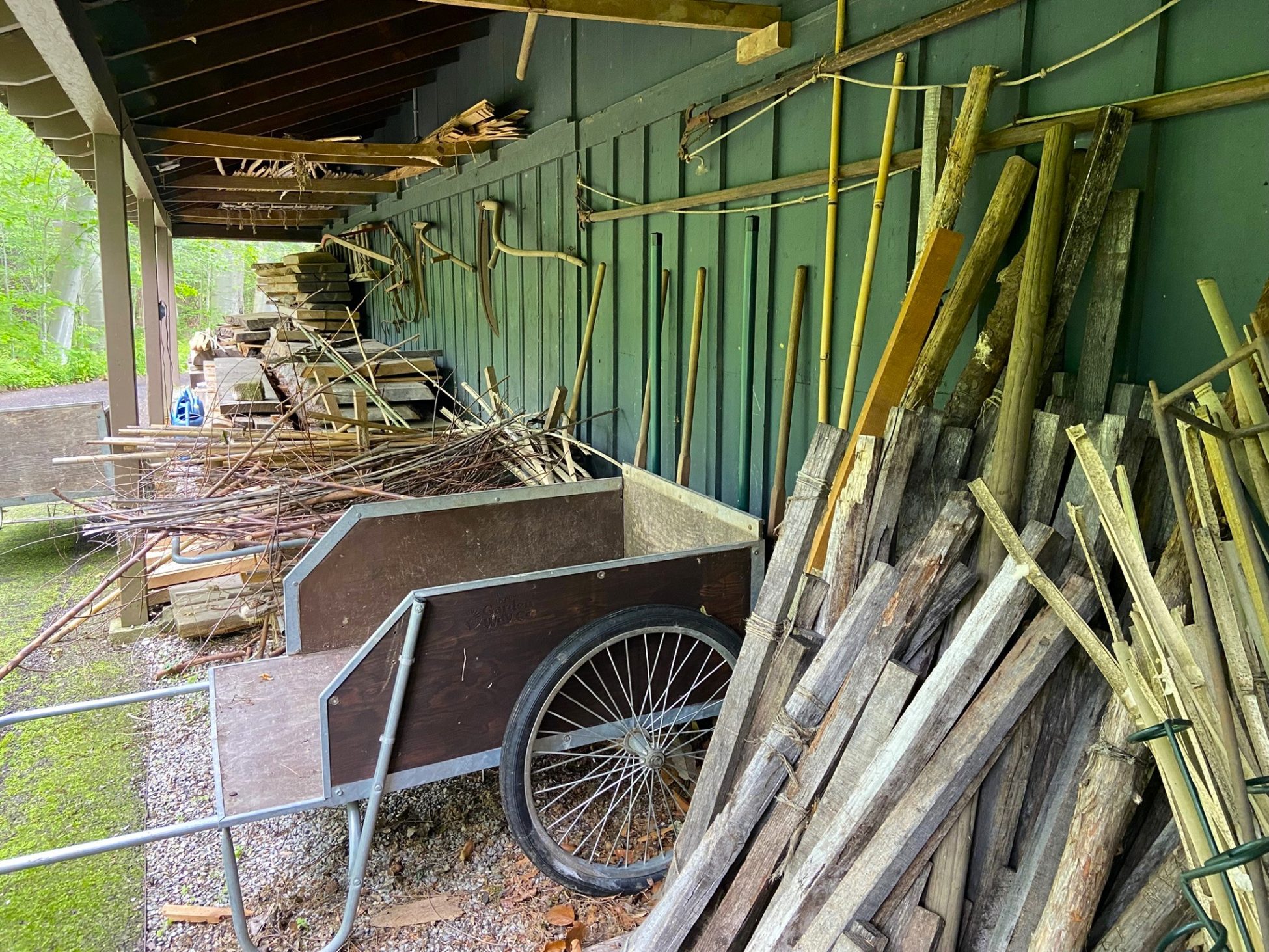
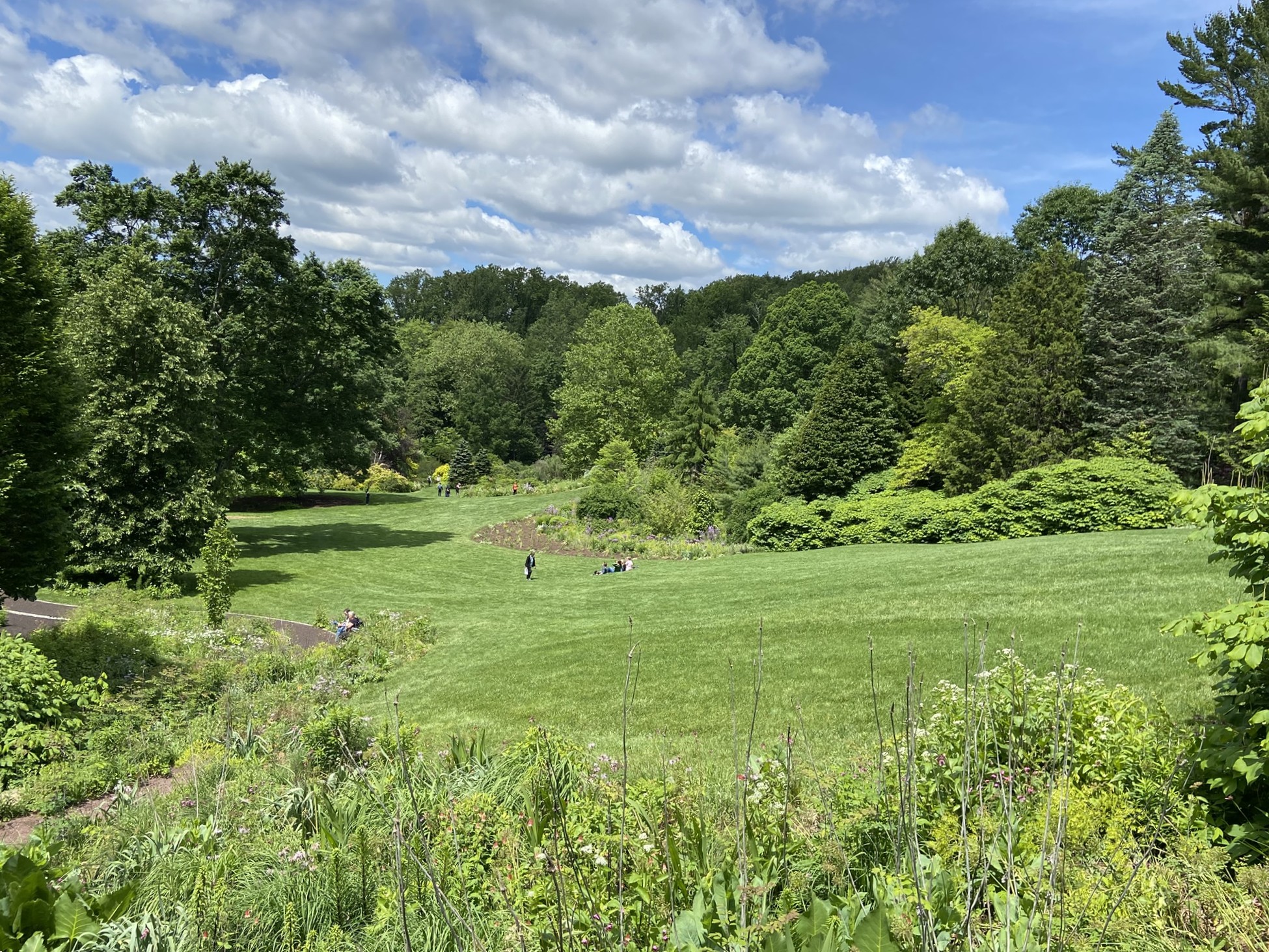
This is such a personal garden–love the the staff made chairs… and the biodiversity efforts!
Thanks, Geri! I just saw your comment on my Chanticleer garden story. It is indeed very personal and absolutely stunning: so varied, so creative. I can’t believe it took me this long to get to it when I’ve been to many other gardens in the vicinity. Time for a return trip.